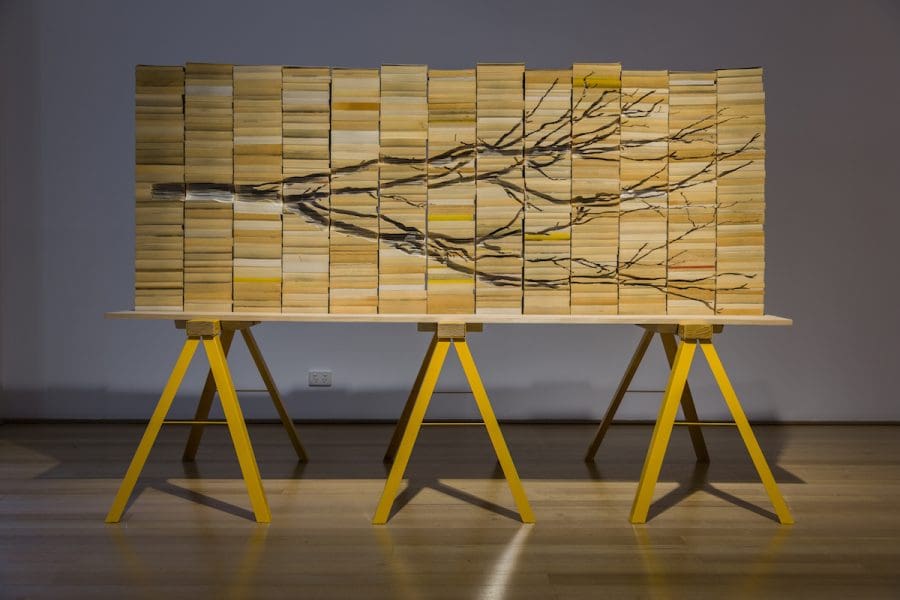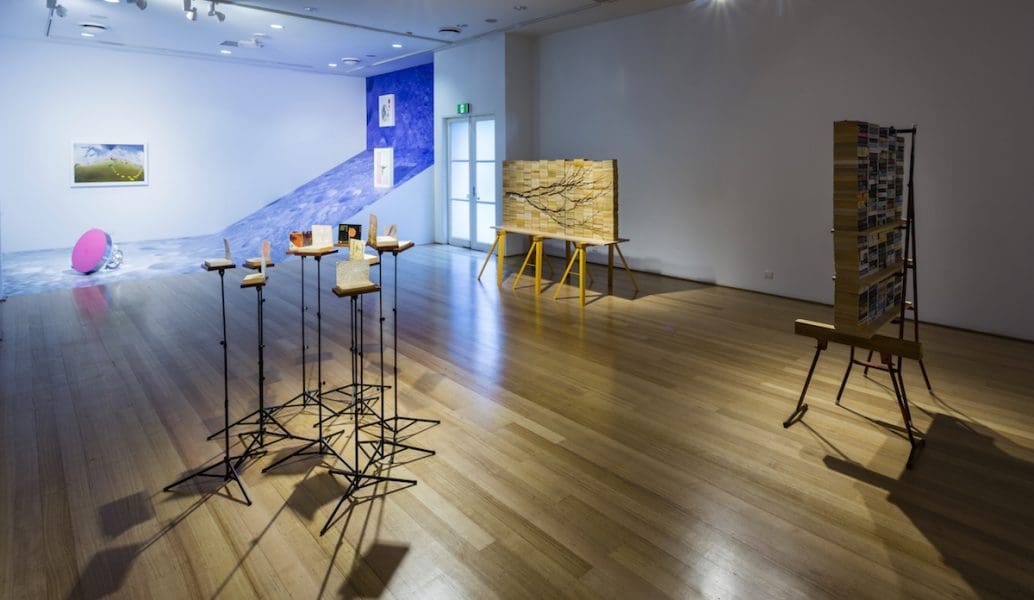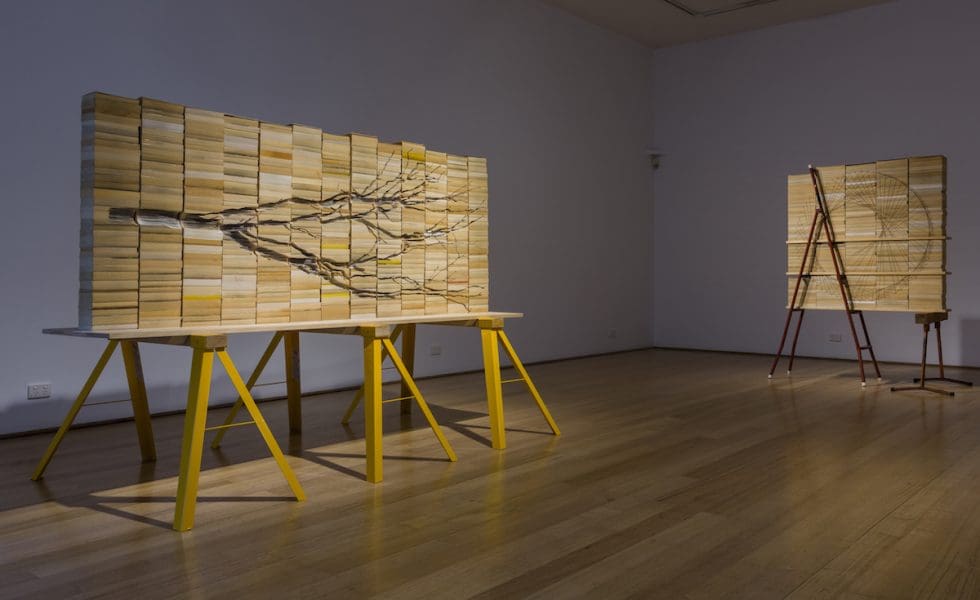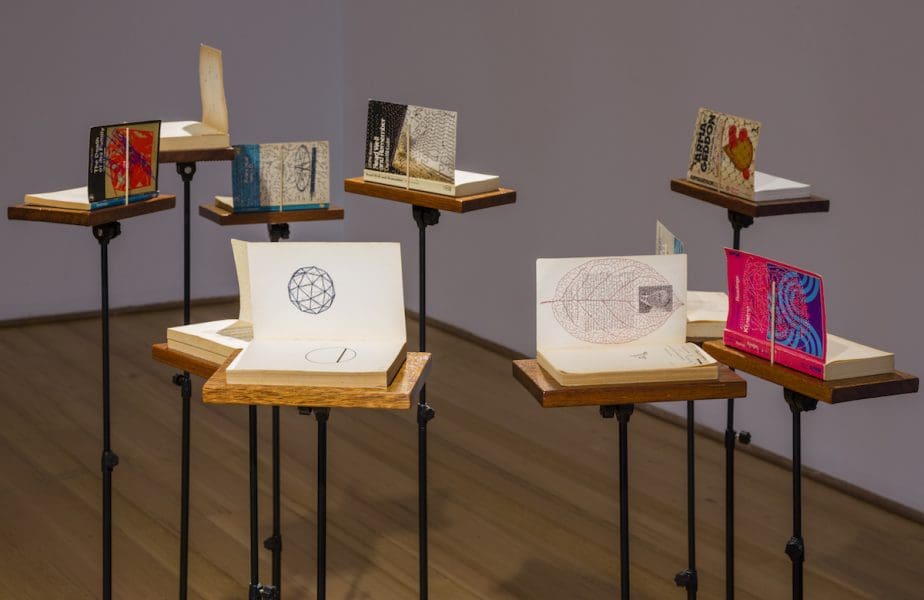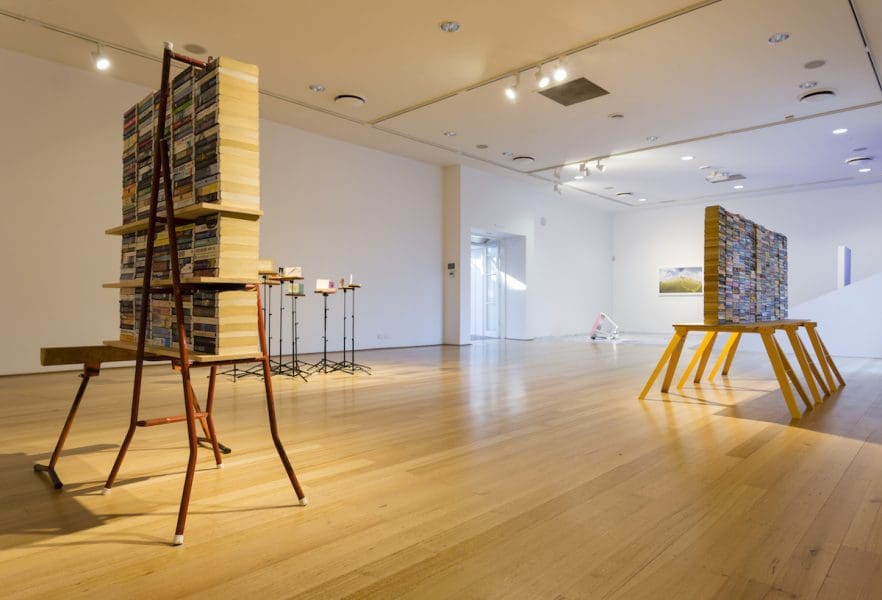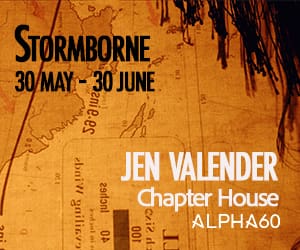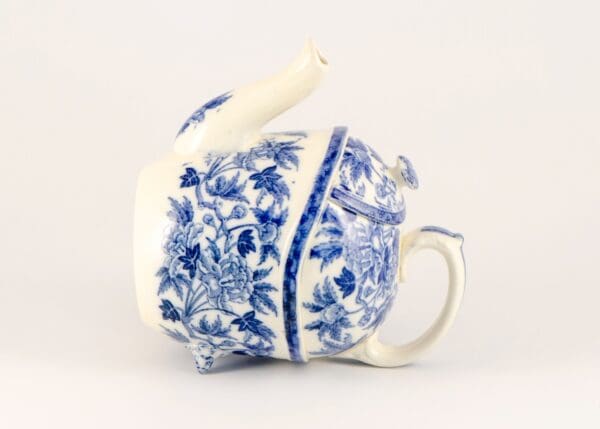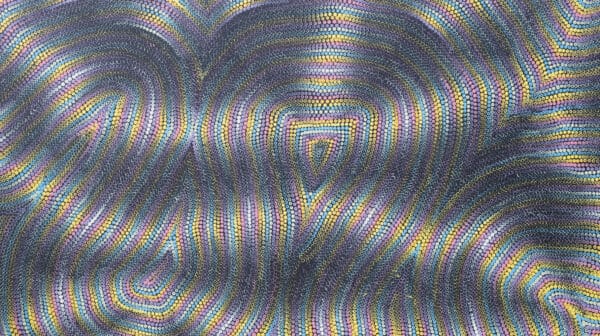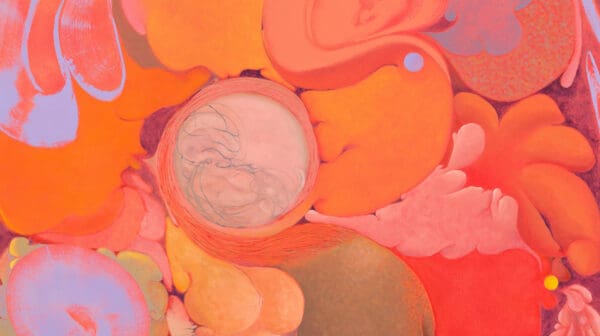Although Kylie Stillman studied painting at RMIT in the 1990s, her practice has always leaned towards the more conceptual side of things. Her work defies categorisation: it encompasses sculpture, mark-making and embroidery. Stillman exclusively uses found materials, particularly books. “I struggle with a blank canvas, and need an existing start point, something to respond to,” she says.
Stillman’s work addresses big issues, such as the environment, in an intricate, delicate way. Her work is an invitation to pause, interact and reflect on our relationship with nature. It’s an invitation that is championed by CLIMARTE, organisers of the annual ART+CLIMATE=CHANGE festival, who have included The Opposite of Wild in the 2017 program.
Stillman’s meditations on nature are exercises in mediation themselves: she laboriously cuts into individual pages of books by hand, using tools like scalpels, needles, jigsaws and drills to achieve the deft, nuanced impressions in her work. These sculptures take many months to complete: the three works in this exhibition took a year to produce.
According to Stillman, the exhibition title is a reflection of this calculated strategy and methodology. “The opposite of wild is something that artists and nature have in common,” she says. “They both have a reputation for being wild, free and spontaneous but they are (mostly!) calculated, planned and strategic workers. They have to be, or they would not survive.”
Viewers will marvel at the feats of engineering in her sculptures. Although the sculpture bases and external structures are visible (Stillman repurposes ladders and saw horses as makeshift plinths) there are internal rods and frames in place. In Masking the Seam, 2017, layers of thick plywood are sandwiched between stacks of books. Camouflaged by layers of paper, the wood is only visible through the Spirograph pattern cut into the pages.
The Opposite of Wild also includes one of her most ambitious works to date: Local Branch, 2016, a sculpture commissioned by the Hawkesbury Regional Gallery, made with decommissioned books donated by the Hawkesbury Library. In this work, and indeed, in many of her previous works, nature comes full circle, going from tree to book and back to tree (branch) again.
But the branch in the work, of course, is really an absence of a branch, hollowed out from book pages. The branch, as the artist points out, is a record of the movement of the sun: each twist in its structure is a reaction to the source of light and nutrients. It is yet another example of how nature is more calculated than we give it credit for.
Light is an important element for the third work in this exhibition, Morning Pages, 2017, an installation of ten embroidered books, covers flipped so they are facing away from the viewer, on musical stands. The books that make up the work were selected based on their cover designs, not their titles, In this work Stillman utilises embroidery, a technique she has used in recent years, to create intricate patterns that come to life through light and, inversely, shadow. Although the titles of the books themselves don’t dictate the embroidered designs, she says, “the books and the stitched components all depict systems, calculations, or patterns.” As is the case with many of her other works, the patterns here are representations of structures that aid survival in one way or another, they are the opposite of wild.
The Opposite of Wild
Kylie Stillman
Utopia Art Sydney
2 September – 30 September



